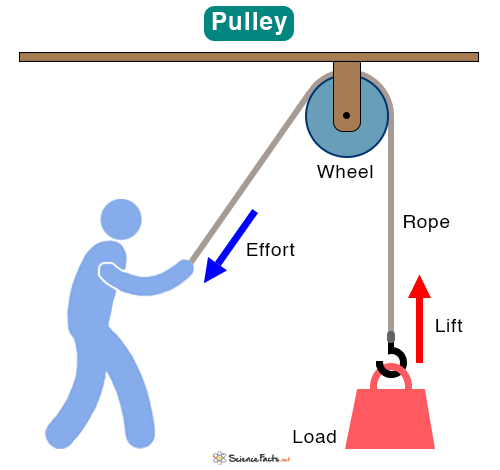What is Impulse
Impulse refers to the impact of a force when it is applied over a certain time interval. Let us take the example of kicking a soccer ball to describe impulse. The harder and longer you kick the ball, the faster it moves. Thus, the effect of a force is not only determined by its strength but also by how long it acts.
Mathematical Formula
Impulse is mathematically defined as the product of force and the time interval during which the force acts:
Impulse = F x Δt
Where:
– F is the average force applied (in Newtons).
– Δt is the duration for which this force is applied (in seconds).
The SI unit of impulse is Newton-second (N·s). This equation emphasizes that even a small force can produce a significant impulse if it acts for a long time, just as a large force can generate the same impulse over a short period.
Impulse-Momentum Theorem
Impulse is closely related to momentum, which is the product of an object’s mass and velocity. According to the impulse-momentum theorem, the impulse experienced by an object is equal to the change in its momentum (Δp).
Impulse = Δp
The change in an object’s momentum is equal to the product of its mass (m) and change in velocity (v)
Δp = m x Δv
It means that when a force acts on an object for a specific time interval, the impulse it generates can increase, decrease, or even reverse an object’s velocity, depending on the direction and magnitude of the applied force. For example, when a tennis player hits a ball with a racket, the force exerted during the brief contact time applies an impulse to the ball, changing its speed and direction. Without impulse, objects would remain in their current state of motion, as described by Newton’s First Law of Motion.
Real-Life Examples
- Using a glove to catch a ball increases the time of impact, reducing the force felt by the hands during catching. This action minimizes pain and provides better control compared to catching with bare hands.
- Airbags in cars increase the time over which a collision’s momentum change occurs, reducing the force on passengers and preventing severe injuries.
- Rockets use the force from expelling fuel gases to generate thrust over time, creating a large impulse. This impulse increases their momentum, allowing them to overcome gravity and achieve high speeds.
Example Problems with Solutions
Problem 1: A force of 50 N is applied to a stationary cart for 4 seconds. Calculate the impulse experienced by the cart.
Solution
The formula for impulse is:
Impulse = F x Δt
Substitute the values:
Impulse = 50 N x 4 s = 200 N·s
The cart experiences an impulse of 200 N·s.
Problem 2: A tennis racket applies an impulse of 10 N·s to a tennis ball over 0.2 seconds. What is the average force exerted by the racket?
Solution
Rearrange the impulse formula to find force:
F = Impulse / Δt
Substitute the values:
F=10 N·s / 0.2 s = 50 N
The impulse delivered to the ball is 50 N·s.
-
References
Article was last reviewed on Thursday, November 28, 2024








